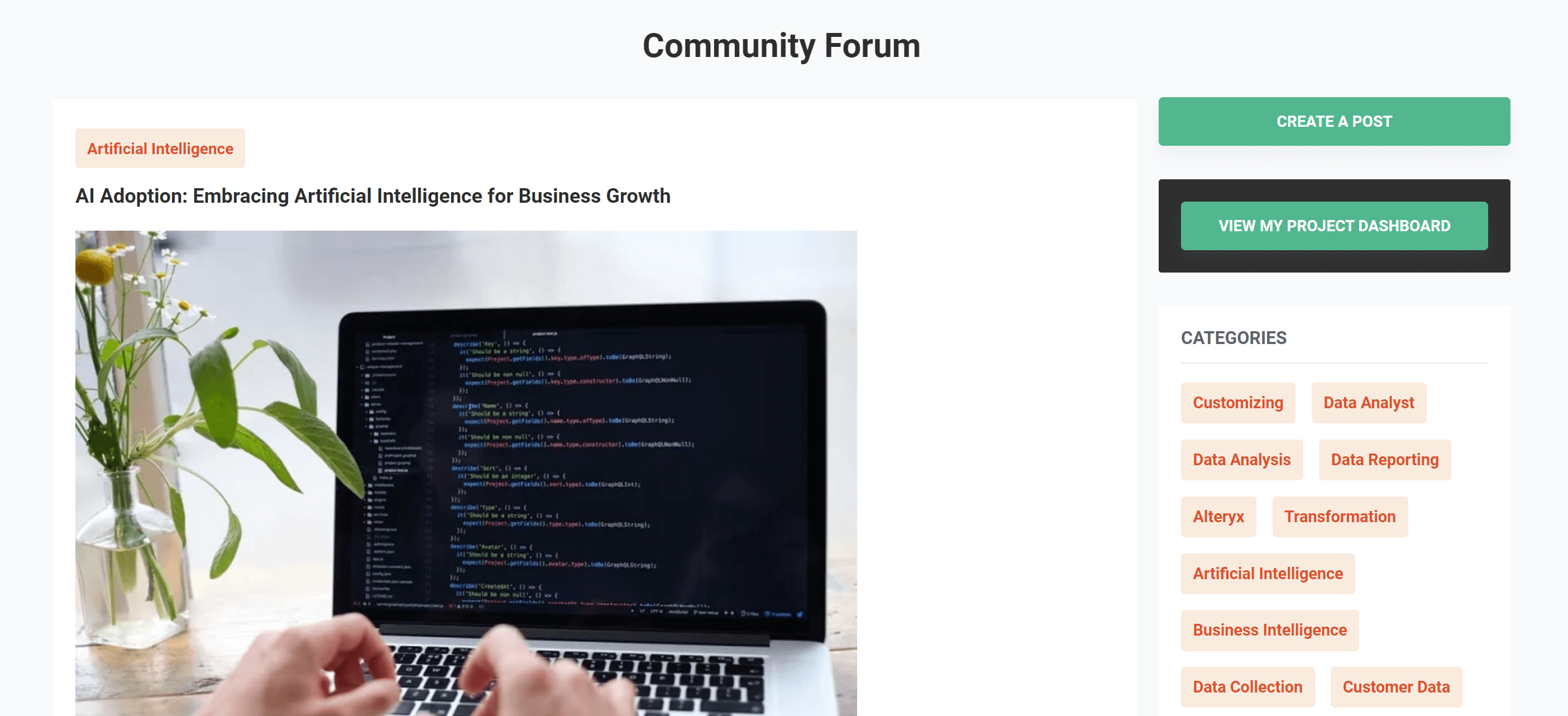8 Types of Financial Analytics to Manage Your Business Better in 2022

Digital transformation is revolutionising our lives and work, and finance is a business area where this transformation is having a tremendous impact. Today more than ever, you need to be able to capture, understand and use financial analytics to support your business decisions, even if you are not a financial specialist. This is a universe away from our outdated stereotype of old-fashioned accounting and Excel spreadsheet-based analyses.
Financial data is the lifeblood of business. Traditionally, financial analysis involved using historical financial information about a particular company, sector or market to identify trends and to forecast future performance. Based on this, business managers and owners can determine the budgets, resources and their objectives.
Businesses that want to survive in this new world need to become “data-driven”. This means that investments, operating decisions, planning and so on have to be built on insights derived from advanced analytics. The business world now generates an enormous amount of data that can be used to support business decisions. But with the possibility of more insights, more complexity arises.
Financial analytics can assist management to focus on the activities that deliver the most value to the business and to identify areas for improvement. There are 8 main financial analytics types you should become familiar with:
1. Predictive Sales Analysis
This enables you to assess and adjust sales forecasts more rapidly than when using traditional Excel-based models. Predictive sales analytics can incorporate many more data points to predict future sales because of the ability to drill down deeper, for example, into the performance of different sales channels and different product lines.
2. Product Profitability Analytics
A company’s overall profit is the money left at the end of an accounting period after subtracting total costs from total revenue. Product profitability analysis is used to determine the profitability of each product or service. This is an invaluable insight for decision makers as the profitability of different product lines can be masked by factors such as high sales volume or high revenue growth. Product revenues are stripped of all associated costs – production costs, logistics, discounts, rebates, marketing and commissions – to reveal the profits derived from each product.
Business leaders need to know how to allocate their resources in the most effective way – finding out which products are the most profitable is critical.
3. Value Driver Analytics
In business, “value drivers” are the elements that “…increase the worth of a product, service, asset or business.” In the case of a product, it could be a differentiating capability that makes the product a must-have for customers. For a business, it could be a trusted staff or a customer base that increases the value of the business.
Most businesses have identified their main value drivers as part of their strategy development. What value driver analytics provides is a way to quantify, measure and assess these drivers using transparent financial metrics.
4. Financial Ratio Analytics

Ratio analysis is simply the analysis and comparison of different financial metrics in a business’ financial statements. Financial ratio analysis compares the relationship or ratio between two or more financial items. Financial ratios are used in six main areas:
- liquidity
- coverage
- solvency
- profitability
- efficiency
- market prospects
Analytics allows us not only to see different ratios more quickly and accurately than in the past; it also lets data analysts visualise this data in more understandable formats, providing managers with the evidence they need to make informed decisions.
5. Scenario & Sensitivity Analysis
Business leaders make business decisions based on an analysis of risks and benefits. Any decision is built on a set of assumptions – i.e., market and economy. Scenario and sensitivity analysis model these assumptions and manipulate them to show the impact of different decisions or different conditions. Scenario analysis examines the result of all the assumptions – while sensitivity analysis examines the impact of changing a single variable. This can include macro or micro economic changes. The impact of pricing and volume changes can also be examined.
Analytics takes this to another level by allowing for the development of more complex models that can be updated more rapidly to reveal which factors the business is most sensitive to – such as inflation or consumer confidence.
6. Growth rate Analysis
Growth rates are the most common financial metric used in business. Simply put, growth rates are the percentage change of a specific variable within a given time period. They are used by business executives to track performance. Businesses typically track revenue and profitability growth, sales and cost evolution and so on. Investors and financial analysts typically use growth rate analysis to assess potential investments including revenues and earnings, price-to-earnings (P/E) ratio, price-to-earnings-to-growth (PEG) ratio, and return on equity (ROE).
7. Cash flow Analysis
Cash is the most important resource in a business. Being able to determine at any point in time how much cash a company has or will have in a specified future period is essential. Tracking cash flow is perhaps the most important function performed by finance departments. Cash flow analysis reveals how much money is coming into the business from sales, services or investments, and how much money is going out in the form of costs and interest payments. Being able to control and predict these flows determines the viability of any business.
Cash flow is divided into:
- cash flow from operating activities
- cash flow from investing activities
- cash flow from financing activities
8. Variance Analysis
Variance analysis is an important aspect of budgeting activities. At the most basic level, we use it to compare actual performance to what was predicted in company forecasts or budgets. In other words, it compares actual with planned results.
Variance analysis can highlight various issues. Calculating and analysing variances can identify areas where management needs to put more focus, for example, in optimising costs or increasing operational efficiency. It can also point to problems in the budgeting or planning process if there are significant or persistent variances between actual and planned.
Data analytics is a thrilling development in financial analysis because many of these analytics can now be performed much more quickly and accurately. Business intelligence and automation platforms and tools now help us to extract, organise and examine data from different sources and systems. This provides invaluable support to company executives – allowing them to make faster, more informed and better decisions.
Get your data results fast and accelerate your business performance with the insights you need today.



